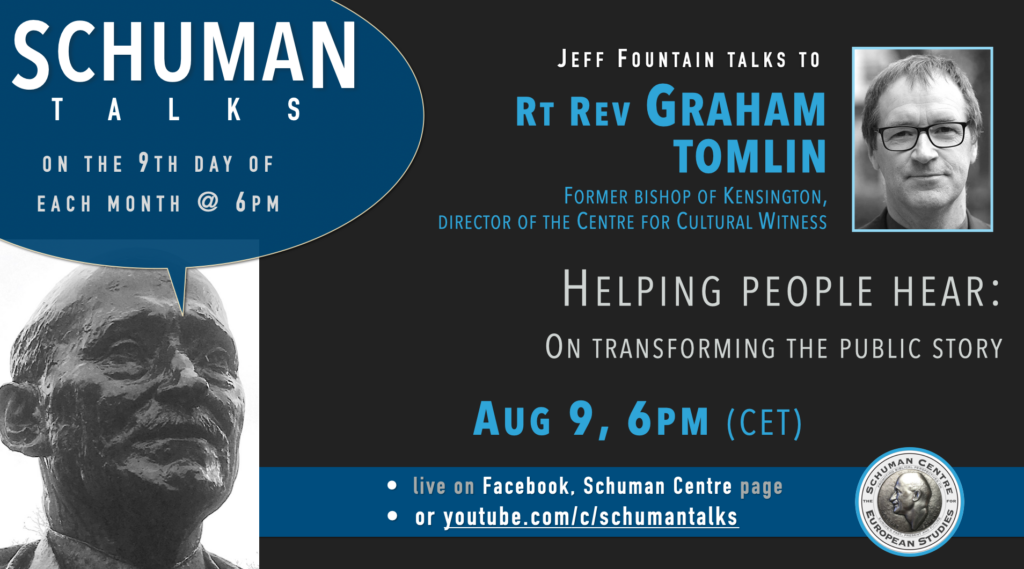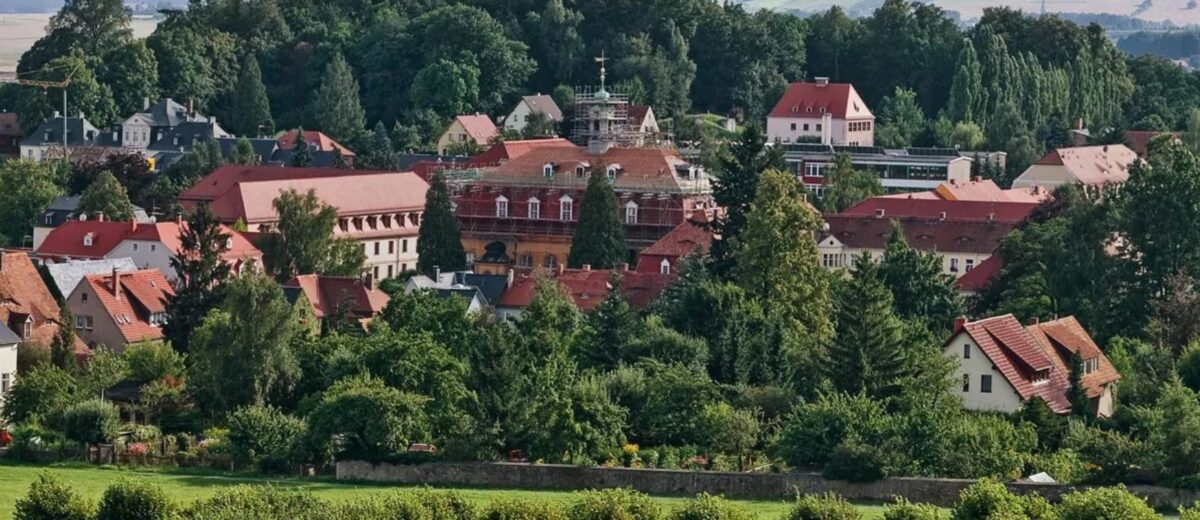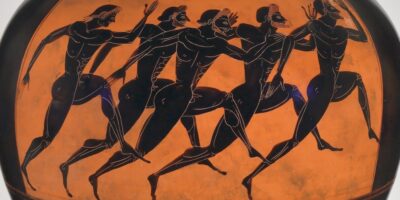The small Saxon town of Herrnhut close to the German-Polish border has been recognised as a World Heritage Site, along with two other Moravian settlements planted from Herrnhut in the 18th century in Northern Ireland and Pennsylvania, USA.
This was announced a few days ago at the meeting of the UN Educational, Scientific, Cultural and Communication Organisation (UNESCO) committee in New Delhi, India.
The recognition was an extension of the World Heritage Site status already granted in 2015 to the Moravian settlement of Christiansfeld near Kolding in Denmark (1773) to include the transnational network of Moravian Church Settlements of Herrnhut (1722), Bethlehem in Pennsylvania, USA (1741), and of Gracehill in Northern Ireland (1759).
Herrnhut itself was established by refugees fleeing from the Catholic Counter-Reformation in Bohemia and Moravia, in what is now the Czech Republic. As spiritual followers of the Prague reformer, Jan Hus, who was martyred in 1415, they consider themselves the first truly Protestant church, predating Luther.
Under the inspirational leadership of Count Nicolas Ludwig Von Zinzendorf, landlord of the estate on which the refugees settled, the Herrnhut community began sending out missionaries in 1732, six decades before the Baptist missionary pioneer, William Carey, went to India. Zinzendorf would instruct those being sent to be “the sort of persons that would make others ask, ‘what sort of God makes people like you?’” When he died in 1760, the Moravians had sent out more missionaries than all other Protestant churches combined: to Greenland, Lapland, Georgia in America, the Caribbean, Surinam, South Africa, India and many other places.
Outstanding Universal Value
Wherever they settled, the Moravians established mission communities, expressing servanthood and unity in their corporate lifestyle and holding regular love feasts and footwashing ceremonies. Pioneering ecumenism, they adopted the motto: “In essentials unity; in non-essentials, liberty; in all things charity”.
Each of the newly recognised World Heritage Sites reflects the architecture and town planning of Herrnhut. In Christiansfeld, for example, the streets were laid out in a grid pattern as in Herrnhut and lined with linden trees, transported from the Netherlands. Their meeting halls for worship and prayer had totally white-painted interiors, a hallmark of all the Moravian communities.
While UNESCO would not be expected to recognise Herrnhut’s central role in catalysing the modern Protestant missionary movement, its website explains that a World Heritage Site is a cultural and/or natural site having “Outstanding Universal Value” (OUV). A World Heritage Site embodies cultural and/or natural significance which is so exceptional as to transcend national boundaries and ‘to be of common importance for present and future generations of all humanity’.
UNESCO list ten possible criteria of which the Moravian Church Settlements nomination utilised the following:
(iii) to bear a unique or at least exceptional testimony to a cultural tradition or to a civilisation which is living or which has disappeared.
(iv) to be an outstanding example of a type of building, architectural or technological ensemble or landscape which illustrates (a) significant stage(s) in human history.
The UNESCO website explains that each Moravian settlement had its own architectural character based on ideals of the Moravian Church but adapted to local conditions. Together, they represented the transnational scope and consistency of the international Moravian community as a global network of a socio-religious system which, unusually for its time, was highly tolerant. There was an active congregation present in each component part, where traditions were continued and constituted a living Moravian heritage.
The President of the German UNESCO Commission, Maria Böhmer, described the transnational World Heritage Site as a ‘strong sign’, symbolising cultural and spiritual exchange across national borders and continents. “I hope that this special World Heritage Site will continue to have a unifying effect for a long time to come.”
Blessing the world
In the title of a small book I compiled in 2007, I called Herrnhut ‘the little town that blessed the world’, telling about its pivotal role in sending out missionaries and inspiring the ministries of others like John Wesley and Willam Carey. The book* was presented at the Festival of the Nations that year when hundreds of YWAMers from across Europe converged on the town where for the last two decades many more hundreds of young missionaries have been trained in the YWAM centre near the township, the Wasserschloss castle.
Herrnhut has been a regular weekend stopover on the Continental Heritage Tours Romkje and I have led since 2005 through Germany on to the Czech Republic following the trail of ‘faithful minorities’ who have shaped Europe’s story. It links Cyril and Methodius, the apostles to the Slavic peoples in Central Europe, to Jan Hus, Jan Amos Comenius (bishop of the Ancient Moravian Church, philosopher and pedagogue) and to Zinzendorf, Wesley and Carey.
Perhaps one day the transnational heritage site will be furthered expanded to include other Moravian communities, such as Königsveld in Germany’s Black Forest, or Zeist in the Netherlands, where the first Moravian global missions conference was held.
• Email me for a free pdf version of this book.

Till next week,



